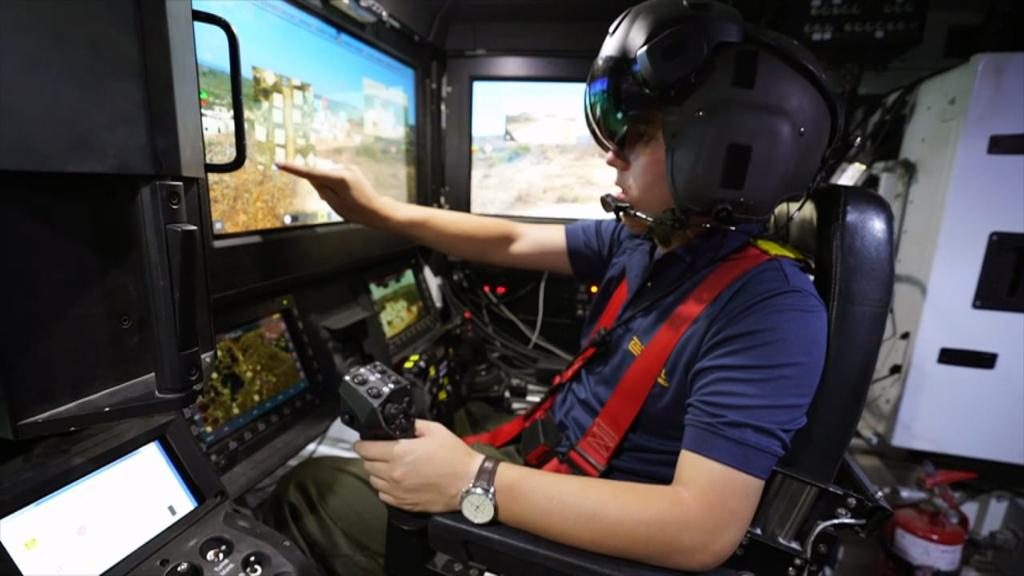
Tanks were first used in warfare during World War I, in an attempt to break the stalemate created by the trench warfare in the West. Since their introduction, tanks have evolved in a somewhat linear fashion. The guns have become larger, the armor thicker, and to compensate for the size, tank engines have grown accordingly. Tanks were designed to take on other tanks in battles — such as the great tank battles of World War II at El Almien or Kursk, or Israel’s tank battles during the Yom Kippur War. Israel produces what is currently considered one of the world’s best conventional tanks — the Merkava 4, which combines lethality, with crew protection. However, the Merchava is a direct descendant of those first tanks ever used.
Over the past ten years, Israel has made tremendous strides in all aspects of warfare technology from among diverse fields, such as: missile defense C3 battleship controls, as well as, integrated a1 into the battlefield. A decision was taken three years ago to redesign an armored vehicle from scratch — without any of the constraints that have existed in the past, and without building on existing tank designs. Thus, project Carmel was born. After extensive discussions with the Armored Corp and Ground Corps, The Ministry of Defense asked Elbit, IAI, and Israel Military Industries to develop a prototype for a new platform, called an “Armored Fighting Vehicle” or AFV.

The AFV applies autonomous capabilities and Artificial Intelligence (AI) to accelerate decision making and facilitate target engagement, with dramatically increased rapidity and accuracy. Using a Helmet Mounted Display (HMD), a crew of two warriors operates the AFV under closed hatches, further enhancing capabilities and survivability. The AFV can function as an independent high fire-power strike cell, as a networked station for multi-spectral sensing and information fusion, in addition to providing a base platform for operating additional unmanned systems.
Using the Iron Vision ‘See-Through’ HMD, a crew of two is capable of operating the AFV entirely under closed hatches. The system transmits real-time, high-resolution video to the crew’s helmet-mounted display, providing them with a 360° view of the surroundings, together with relevant symbology and C4I data. Furthermore, Iron Vision enables the crew to acquire targets, conduct line-of-sight (LOS) driving and navigation, and enslave the AFV’s weapons systems to their LOS.
Current plans call for the AFV to be operated by a crew of two. However, it does not take a great deal of imagination to anticipate a time when no human crew will be needed.

